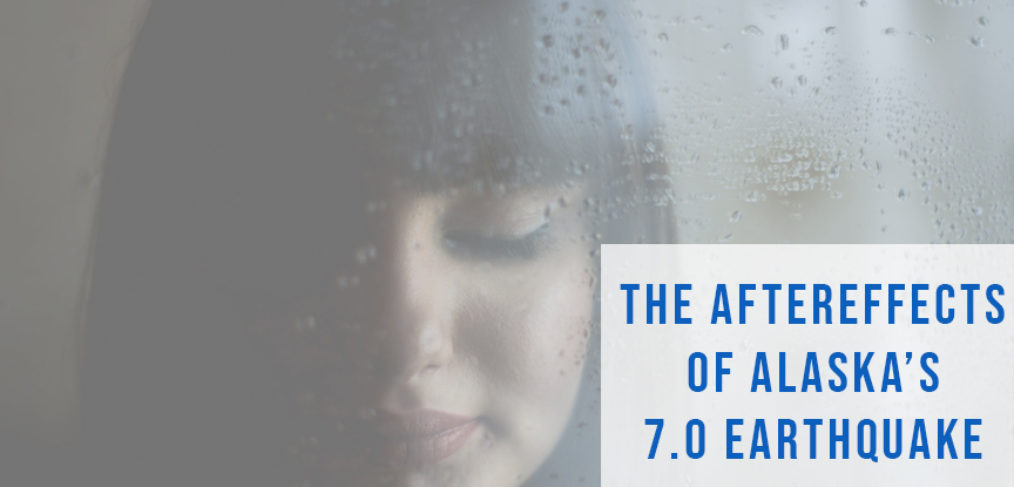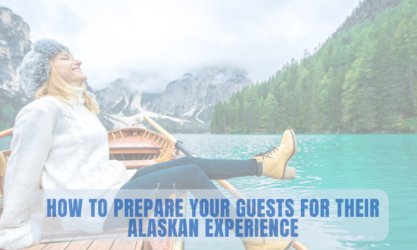
The aftereffects of Alaska’s 7.0 earthquake
The rest of the world watched their TVs, social media, and online as Alaska was struck not long ago with one of the biggest earthquakes in our area’s history. Those people have moved on to watch other natural disasters or big news stories, but for those of us who live here in the Anchorage area, however, the reality of what we experienced continues to affect our daily lives in so many ways.
As we live and deal with the aftereffects of November 30’s 7.0-magnitude quake, the frightening tsunami warnings, and what seems like never-ending aftershocks, many of us are struggling with emotional, psychological and even physical trauma that can often be categorized as PTSD. According to the Alaska Earthquake Center website, we’ve experienced 6,000 aftershocks since the main earthquake, with some of the biggest ones at the 5.0 magnitude range. It’s little wonder that our communities are dealing with the equivalent of PTSD, with everyone from young children to senior citizens feeling unsure and anxious in their daily lives.
PTSD from earthquakes and nature disasters is not an unknown phenomenon. In fact, a study published in 2014 by the National Institutes of Health reported that up to 87 percent of people who survived a catastrophic earthquake showed signs of post-traumatic stress disorder.
Signs of PTSD can include anxiety, jumpiness, anger, sadness or depression, and insomnia. Children might have trouble sleeping, nightmares, inability to focus in school and abnormal fears that strike day and night. If symptoms like this last for more than a month, it’s advisable to seek professional help.
For now, here’s some coping advice given by experts in PTSD:
- Stick to a normal routine as much as possible – mealtimes, bedtimes, school and work.
- Watch a few videos on YouTube about meditation and learn to use deep breathing exercises during moments of anxiety.
- Stay connected socially. Talk to your neighbors, go to the local coffee shop, chat with the other parents at school and go out to dinner with friends. Make an effort to stay connected to your community, many of the people are going through the same thing and can help even just by sharing experiences and support.
- For children, be sure to keep open lines of communication. They may be experiencing heightened anxiety, or they might ask the same question repeatedly. It’s important to continually reassure them, be supportive, loving – and maintain regular schedules to give their life a feeling of structure and dependability.
- Stay active. Exercise is a great way to deal with stress. Play sports with your kids, go to the gym, take long walks, whatever makes you feel better.
- Don’t be afraid to ask for help. Anyone who feels like they need immediate help with a mental health crisis can call a statewide hotline at (877) 266-HELP.
Learning more about PTSD, and ways to deal with it, is the reason we decided to write this article for you all today. As we rebuild our lives and try to return to a “normal” way of life, we can only do better if we work together as a community, helping each other, lifting each other up, offering support and resources when and where we see a need, and always moving forward.


